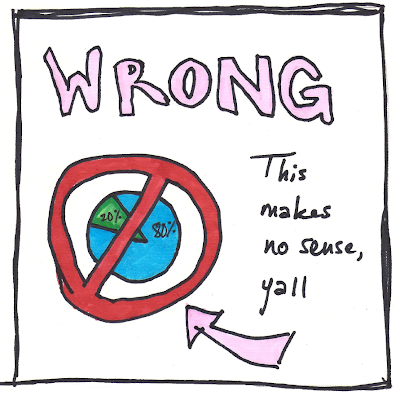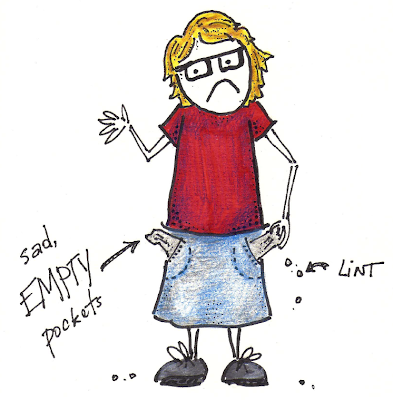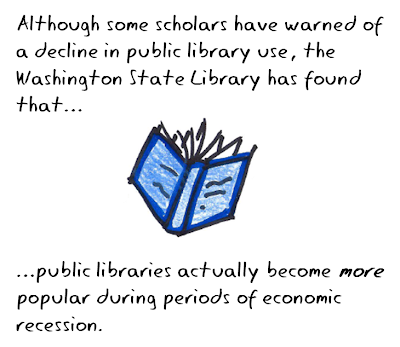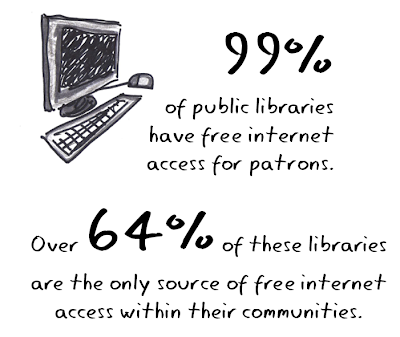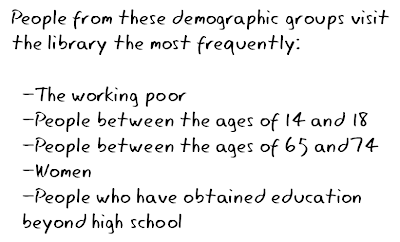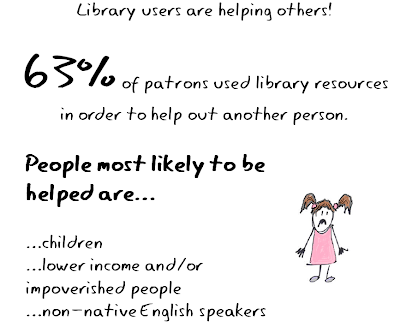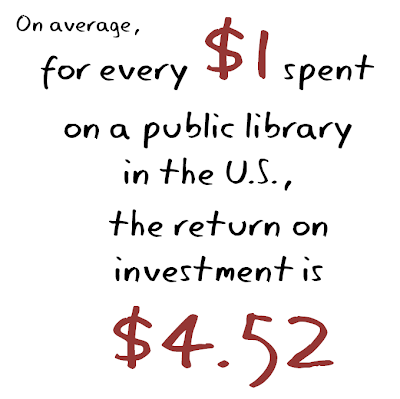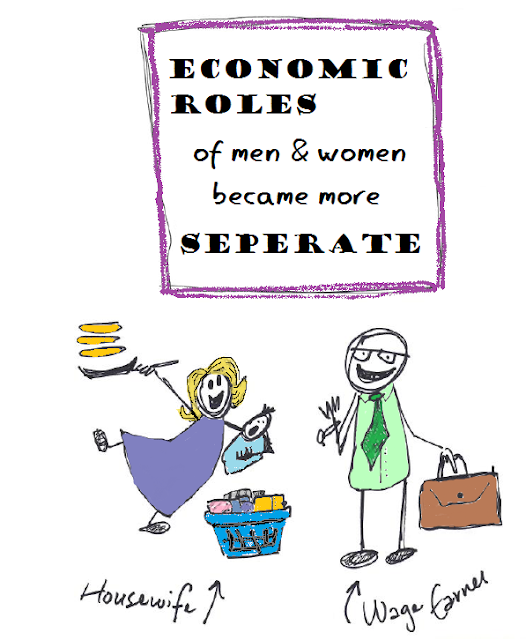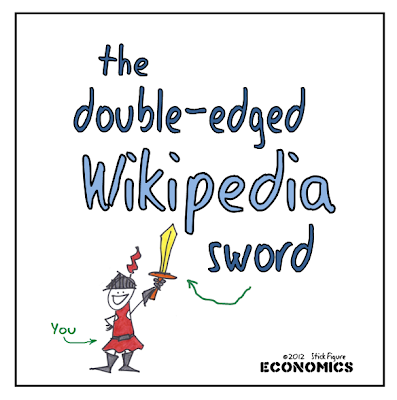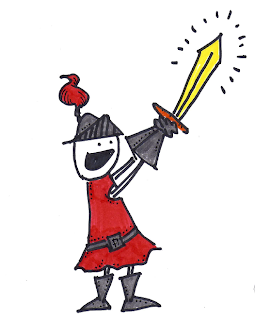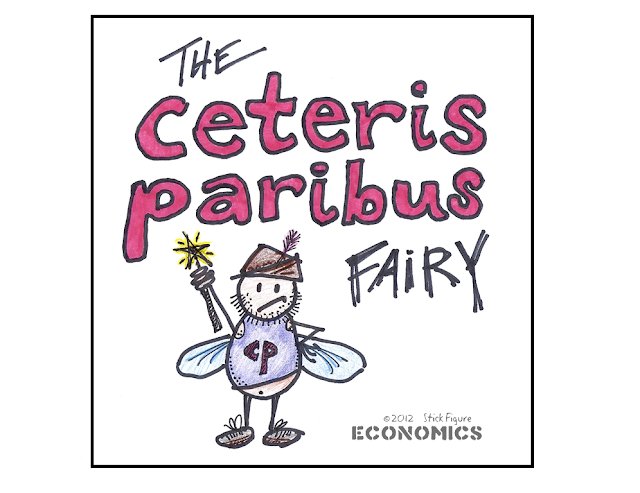Ah, the Pareto principle. What exactly is it, and why are so many people enamored with it?
In the early 1900s, an Italian economist named Vilfredo Pareto noted that 20% of the Italian population owned 80% of the land in Italy.
He also noticed that in his own garden, 20% of his pea pods held 80% of his entire pea crop.
(Most of us are not fortunate enough to have a principle named for us after we connect any sort of random idea to another one that pops into our heads. Whew. Otherwise we'd have a lot more principles to have to study.)
The current popular version of the Pareto principle goes something like this: "about 20% of the input creates 80% of the result."
This idea has caused a lot of commotion in areas like business and self-development. If you really sit down and think about it, the Pareto principle (also commonly referred to as 'the 80/20 rule') allows for a distracted, thinly-spread individual to better focus his or her time and efforts on the things that will garner the most efficient outcomes. These days, a lot of people are distracted, overwhelmed, and spread too thin, which is why this principle really has resounded with the general population.
There's nothing wrong with using the Pareto principle as an enlightening, paradigm-shifting guide to pinpointing our most successful endeavors and cutting out the less useful stuff from our lives. In fact, it's a pretty good principle to use when examining a cluttered lifestyle.
The problem, however, lies in a commonly misunderstood interpretation of the 80/20 rule. Remember, we're dealing with inputs and results, or causes and effects. Because of this, we can't illustrate the Pareto principle in one graph by itself. While 80 plus 20 conveniently adds to 100, and we're also dealing with percentages, it doesn't mean we're comparing the same things. As a result, it's inaccurate to try to depict the Pareto principle with a single pie chart.
Really, it's important to remember that the Pareto principle is more of a rule of thumb than an exact mathematical statement. It's a great reminder that not everything in life is evenly distributed.
As a student, you can use the 80/20 rule in a lot of ways. Especially when studying (cramming) for an exam.
Don't pull multiple all-nighters and try to memorize every single thing that was covered in class. Instead, go back over the syllabus and class notes to find out the areas that make up the majority of what you'll be tested on. Find that 20%, and spend most of your time studying those areas in depth. You might be pleasantly surprised to find that a majority of the exam tests you over the 20% material that you happened to study.
Again, the idea that 80% of the results come from 20% of the efforts is mostly just a rule of thumb. But when applied to general issues in life, like studying productively, the Pareto principle can really help you focus and improve your results.
References:
Kelly, Mark. "The 80/20 Rule of Software Development." VCE IT Lecture Notes. McKinnon Secondary College. Accessed June 28, 2012.
Kibbe, Andre. "The 80/20 Rule Revisited." WorkAwesome.com. Accessed June 28, 2012.
"Understanding the Pareto Principle (The 80/20 Rule)." BetterExplained.com. Accessed June 28, 2012.
Wikipedia. "Pareto principle." Accessed June 28, 2012.




